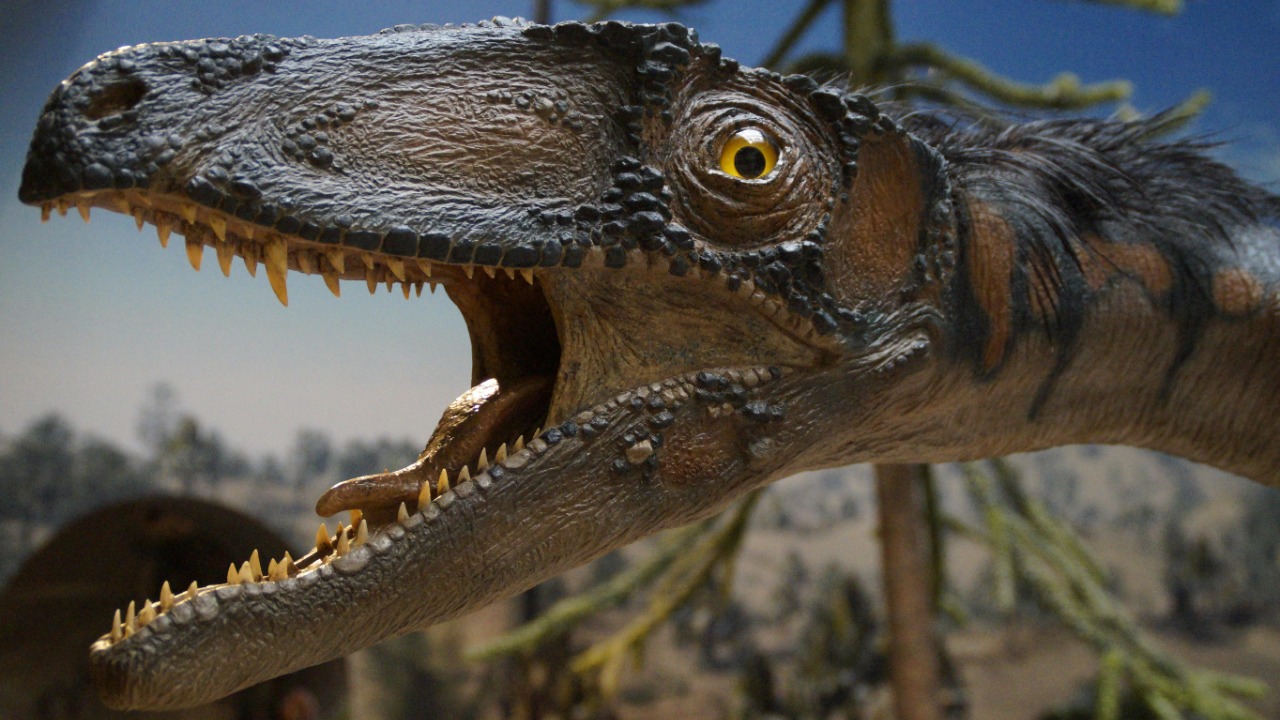
Paleontologists have made a groundbreaking discovery in the remote Andes of Argentina, unearthing one of the world’s oldest dinosaurs. This small, long-necked dinosaur, whose nearly complete skeleton dates back to the Late Triassic period approximately 230 million years ago, provides new insights into early dinosaur diversification in South America. The discovery has the potential to reshape existing timelines for dinosaur origins, offering a fresh perspective on the evolutionary history of these ancient creatures.
The Discovery Location
The remote Andes in Argentina served as the excavation site for this remarkable dinosaur fossil. The challenging high-altitude environment of the Andes played a crucial role in preserving the remains, allowing scientists to uncover a nearly complete skeleton. This discovery underscores the significance of the Andean region as a geological hotspot for Triassic-era fossils. The fossil’s exposure in the Andean rock layers highlights the area’s rich geological history, providing a window into the past when dinosaurs first began to emerge (Interesting Engineering).
The expedition to access the site required navigating through Argentina’s isolated Andean regions, a testament to the dedication and perseverance of the paleontologists involved. The discovery was made possible by their ability to traverse the rugged terrain, which had long concealed this ancient treasure. The Andes, with their unique geological formations, continue to be a focal point for paleontological research, offering valuable insights into the early stages of dinosaur evolution (LNG in Northern BC).
Characteristics of the Dinosaur
The dinosaur unearthed in the Andes is characterized as a small, long-necked species, representing one of the oldest known examples of its kind. The fossil’s completeness is particularly noteworthy, as it provides rare anatomical details from the Triassic period. This level of preservation is uncommon, making the find even more significant for paleontologists seeking to understand the physical characteristics and adaptations of early dinosaurs (Interesting Engineering).
As one of the oldest dinosaur skeletons discovered to date, the fossil offers a unique glimpse into the anatomy and physiology of early dinosaurs. The preservation of such a complete skeleton allows scientists to study the evolutionary traits that may have contributed to the success and diversification of dinosaurs during the Triassic period. This discovery not only enriches our understanding of dinosaur evolution but also highlights the importance of continued exploration in regions like the Andes, where ancient secrets remain hidden beneath the surface (LNG in Northern BC).
Age and Evolutionary Context
This discovery positions the fossil as one of the world’s oldest dinosaurs, extending the known record of dinosaur emergence. The announcement, made on October 17, 2025, emphasizes the fossil’s role in dating early dinosaur evolution to over 230 million years ago. This significant age places the dinosaur at a critical point in the evolutionary timeline, offering new insights into how these creatures adapted and thrived in their environments (Interesting Engineering).
The implications of this find are profound, as it challenges existing theories about the origins and spread of dinosaurs. By providing concrete evidence of early dinosaur existence in the Andes, the discovery contributes to a more comprehensive understanding of dinosaur evolution and diversification. The fossil’s age and location suggest that South America played a pivotal role in the early stages of dinosaur development, a theory that could reshape our understanding of their global distribution (LNG in Northern BC).
Implications for Paleontology
The discovery of this ancient dinosaur in the Argentine Andes has significant implications for the field of paleontology. It challenges previous assumptions about the global distribution of early dinosaurs, suggesting that South America may have been a crucial region for their initial diversification. This revelation encourages paleontologists to reconsider the geographical and environmental factors that influenced dinosaur evolution, potentially leading to new hypotheses and research directions (Interesting Engineering).
Furthermore, the fossil’s well-preserved features provide a valuable reference point for future digs in remote South American sites. As researchers continue to explore these areas, the insights gained from this discovery will inform their approaches and methodologies, increasing the likelihood of uncovering additional significant finds. The Andes, with their unique geological characteristics, remain a promising region for paleontological exploration, holding the potential to reveal further secrets about the early history of dinosaurs (LNG in Northern BC).